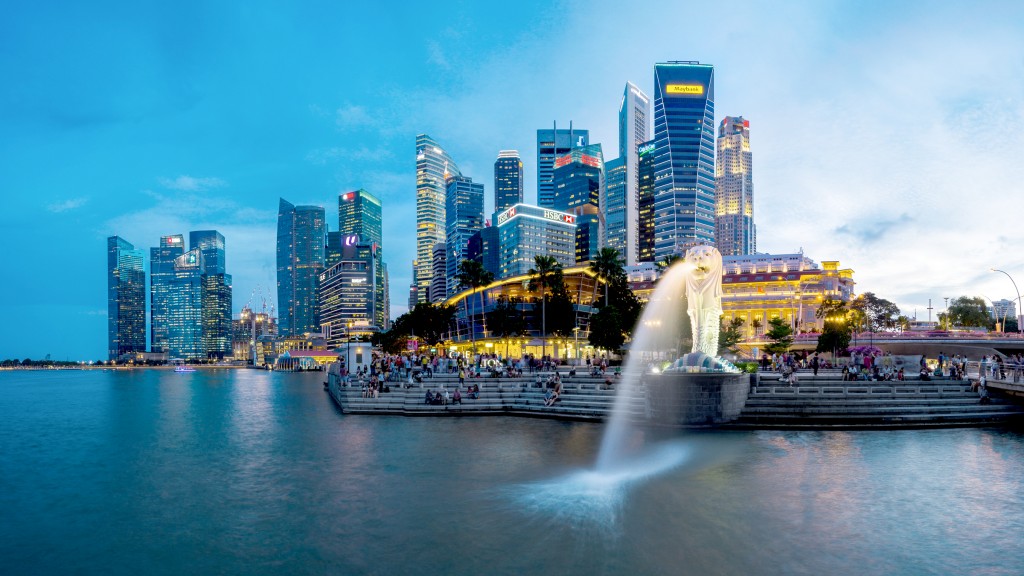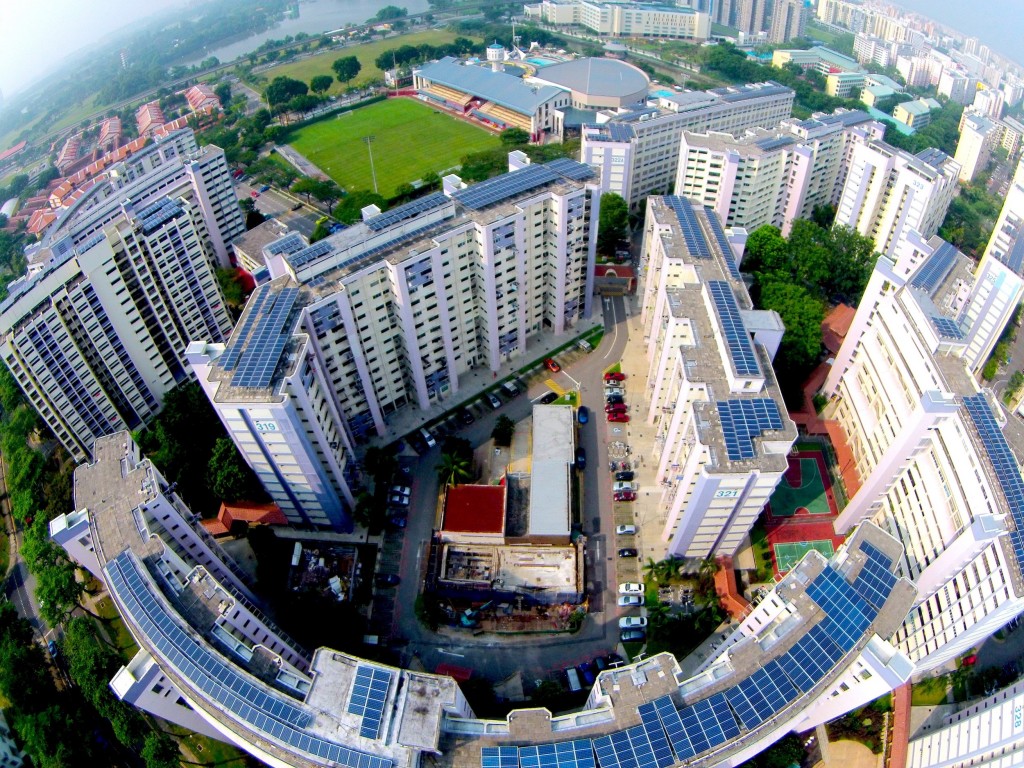ASTANA – Singapore is a thriving, modern and global city; a global hub for commerce, finance, shipping and travel. Its airport is amongst the world’s most efficient; its container port amongst the world’s busiest. It is ranked the most sustainable city in Asia and second in the world, according to the Sustainable Cities Index 2016. Singapore started its journey as a poor developing nation. It is familiar with the experience of many developing nations, having to overcome the challenges of growing the economy and creating enough jobs for its people on a sustainable basis.
Through developing multiple growth engines to enhance the economy’s robustness and resilience against external shocks, as well as minimise over-reliance on any one industry or sector, Singapore has successfully transformed
into a globally-oriented, broadbased and diversified economy, while ensuring that development was not at the expense of environmental sustainability.
Today, Singapore strives to maintain a globally-competitive, highend manufacturing sector while supporting a well-diversified services sector. Investing in new growth areas such as urban solutions, data analytics and satellite technologies, the nation also continues to welcome foreign direct investment and encourage local companies to venture into markets abroad.
Doing business in Singapore, the Gateway to Asia
Singapore is one of the best places in the world to do business. The World Bank ranks Singapore second in the world and the best in Asia in the ease of doing business for 2017. Singapore’s pro-business environment, connectivity, highlyskilled labour force, access to talent, and vibrancy make Singapore an attractive investment destination.
In addition, a stable political environment with clear, consistent rules and regulations, and a strong
intellectual property framework have also helped the city-state attract foreign investment and anchor multinational companies.
Singapore has 4,550 flights to more than 200 cities in 60 countries. Every day, 200 shipping lines run to more than 600 ports in 123 countries. Singapore’s strong regional and international connections offer a good base for companies to use Singapore as a springboard into the larger ASEAN market. Companies from all over the world have chosen to anchor themselves in Singapore.
Companies can also tap Singapore’s strong network of trade and investment agreements. To date, the country has 21 Free Trade Agreements (FTA) and Economic Partnership Agreements with countries around the world. Together with its wide network of Double Taxation Avoidance Agreements (DTA) and Bilateral Investment Treaties (BIT), companies will find Singapore a good place to base their business to get connections in Southeast Asia and
the larger Asia Pacific.
Opportunities for greater collaboration between Singapore and Kazakhstan companies
Trade relations between Singapore and Kazakhstan are growing. In 2016, Kazakhstan was ranked as Singapore’s top trading partner among the five Central Asian states (Kazakhstan, Kyrgyzstan, Uzbekistan, Turkmenistan and Tajikistan). There is a DTA between the two countries, which came into force in August 2007. This will relieve double taxation of income that is earned by Singaporeans in Kazakhstan, and vice versa, allowing greater
opportunities for collaboration between companies that do business in these two countries. Singapore is also negotiating a BIT with Kazakhstan, which will encourage further investments between the two countries.
Kazakhstan, like Singapore, aims to be a hub in its region. This through research, experimentation and innovation, we have developed approaches and solutions that balance our three policy objectives – energy security, economic competitiveness and environmental sustainability. We hope to share these solutions at EXPO 2017.
Through the Singapore Pavilion, visitors will see how Singapore, as a living lab, is test-bedding and implementing many new solutions to bring about advanced and new energy solutions that will help Singapore to meet its future energy needs efficiently and sustainably,” said Senior Minister of State for Trade & Industry, Dr Koh Poh Koon.
Clean energy development amid Singapore’s constraints
As a small, densely populated city-state, Singapore has had to address the challenges of resource constraints from the very beginning of its development. Singapore’s key energy strategies have been to promote the efficient use of energy, competitive energy markets, and investing in technology and innovation to address its own energy
security, competitiveness and environmental sustainability needs.
Among the various clean energy options, solar photovoltaic (PV) currently has the greatest potential for wider deployment in Singapore. Singapore has therefore taken active steps to promote its deployment. The Government has enhanced its regulatory frameworks and facilitated innovative business models and financing in clean energy. Singapore has also made significant investments in Energy Research, Development & Deployment (RD&D)
to enhance Singapore’s position as a living lab and develop cost-competitive technological solutions that
can be deployed in Singapore and beyond, especially in the areas of solar PV, energy storage systems and smart grids. In addition, the Government has taken the lead to catalyse growth in the clean energy sector, by aggregating public sector demand for solar energy across public buildings and spaces under the SolarNova programme. A number of these initiatives will be featured in Singapore Pavilion at Astana Expo.
The annual Singapore International Energy Week (SIEW), organised by the Energy Market Authority, Singapore, also facilitates dialogue on clean energy. This week-long international platform brings energy leaders together to exchange ideas and generate insights on staying nimble, navigating challenges, and seizing opportunities in the evolving energy landscape. The 10th edition of SIEW will be held at Singapore’s Marina Bay Sands from October
23-27, 2017. Registration opens on July 1.
Singapore has seen strong growth momentum in its clean energy sector. For instance, solar PV deployed in Singapore has grown from less than 1 MWp in 2008 to 126 MWp in 2016. The increased adoption of cost-competitive solar energy has opened up new opportunities for innovation and economic growth. Singapore’s clean energy industry has grown from a modest base of about ten companies in 2007, to around 100 in 2016. Singapore is
now well positioned to serve the growing regional and global demand for clean energy solutions.
Singapore pavilion at Astana EXPO 2017
Themed “Small City, Big Ideas”, the Singapore Pavilion will highlight Singapore’s reputation as a garden city, as well as its efforts in creating an ecosystem which supports the development of effective solutions for a sustainable
future. Spanning 385 square metres, the Pavilion will feature six zones, each providing visitors with a unique experience.
The Pavilion will feature 10 key ideas or solutions that Singapor has developed including initiatives by government agencies. It will also highlight the commercial solutions to overcome some of the challenges in implementing renewable energy. These solutions cut across the generation, transmission and consumption of energy. Important solutions such as demand response (DR) aimed at managing peak energy demand, and reduction of energy costs to consumers will be displayed. Smart technology solutions aimed at providing energy users with more information
about their energy consumption patterns will also be highlighted.
In addition, Singapore will conduct a Capacity Building Programme throughout the duration of the Expo, specially designed for policy makers and regulators from Central Asia and neighbouring countries. Through the Programme, Singapore aims to promote best practices in sustainable development, urban planning and future energy, and encourage greater exchange of knowledge and expertise in new energy solutions.
The Singapore Pavilion will officially open on June 10, 2017. The Pavilion will be operational everyday throughout the 3-month period for 12 hours daily. Official operating hours for the pavilion is from 0930 to 2130 hours daily.
There will also be a Singapore Day celebration on 25 July 2017, where Singapore will showcase the Singapore story to international and Kazakhstan audience.
Singapore Pavilion website: www.astanaexpo2017sg.com
Singapore Pavilion Facebook Page: www.facebook.com/astanaexpo2017sg





